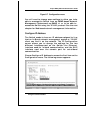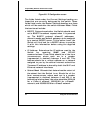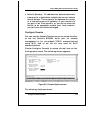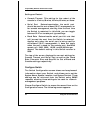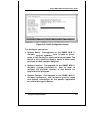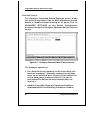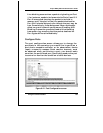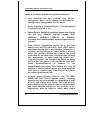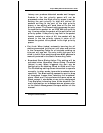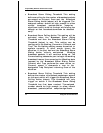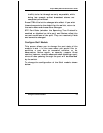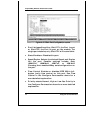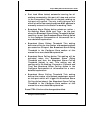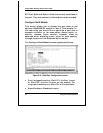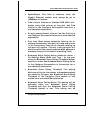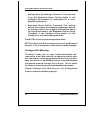
24-port NWay Ethernet Switch User’s Guide
Using the Console Interface
71
latency can produce distorted sounds and images.
Packets in the low priority queue will not be
processed unless the High priority queue is empty.
Setting the port priority to high will deliver all
packets arriving at the port to the high priority
queue, a low setting will send them all to the low
priority queue. The Normal settings causes the port
to examine the packet for an IEEE 802.1p/Q priority
tag. If no tag exists, the packet will be sent to the low
priority queue. If the priority tag field in the packet
header contains a value of 0-3, the packet will be
placed in the low priority queue; a value of 4-7
causes the packet to be placed in the high priority
queue.
♦ Port Lock When locked, automatic learning for all
stations connected to this port will stop and entries
in the Forwarding Table for all devices residing on
this port will age out. The only traffic this port will
allow is traffic from machines whose MAC address is
manually entered in the Static Forwarding Table.
♦ Broadcast Storm Rising Action This setting will be
activated when Broadcast Storm Rising Threshold
(below) is met. When triggered, the port can be
configured to Do Nothing, Block or Block and Trap.
The Do Nothing setting causes the switch to operate
normally, in other words, ignore the broadcast storm
condition. The Block setting causes the port to drop
all broadcast frames, thus isolating the broadcast
storm. Block and Trap performs the same action as
Block, except it also sends a trap to the designated
Trap Recipient informing them of the situation. For
more information on broadcast storms, please refer
to the Switch Management Concepts section of this
manual.



